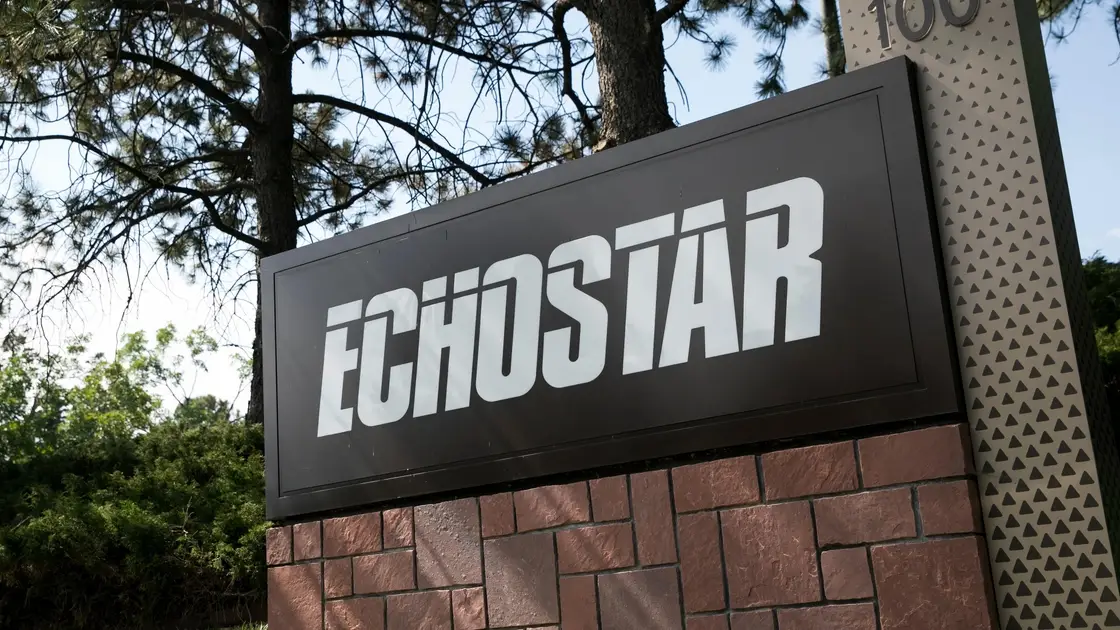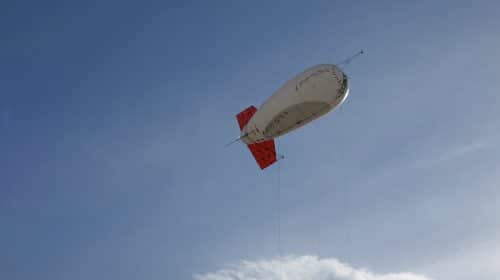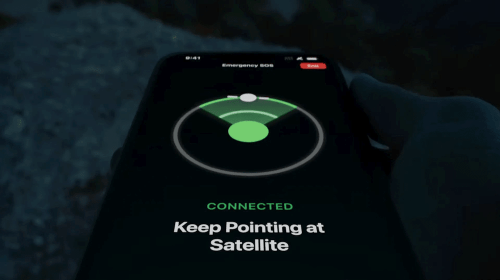Feb 09, 2018
The name of the game in the communications industry today is “spectrum availability.” Networks are expanding at ever-increasing rates, demanding more and more bandwidth. Making RF (Radio Frequency) spectrum available for terrestrial and satellite communications providers is, therefore, of growing interest.
One of the frequencies currently gaining interest in the industry is V-band. This standard designation by the Institute of Electrical and Electronic Engineers (IEEE), describes frequencies ranging from 40 – 75 GHz. By comparison, C-band is 4 – 8 GHz, Ku-band is 12 – 18 GHz, and Ka-band is 26.5 – 40 GHz. As most in the industry understand, rain fade becomes increasingly problematic at higher frequencies – so why the interest in V-band? Indeed, NSR (Northern Sky Research) forecasts revenue streams from 2023 to 2030 of over $12.6 billion for capacity sales & leases, and almost $24 billion from the global satellite markets including enterprise VSAT, backhaul, and consumer broadband.
One key advantage is that V band is not heavily used at present, aside from scientific research, so the capacity, much of which is unlicensed or lightly licensed, is tempting fruit for early adopters. Another key advantage is that V-band can support even larger communication bandwidth than Ka-band, and with even smaller antennas. Aside from development costs, what’s not to like?
V-band, is currently available for high capacity terrestrial communications systems. In the US, part of the frequency band, from 57 to 71 GHz is used for short range, high bandwidth wireless communications links. Some higher frequencies at 70, 80 and 90 GHz have been “lightly licensed” to provide multi-gigabit wireless communications.
Some of the key applications for V-band deployment include:
Wireless broadband feeder links – As ISPs look for ways to extend gigabit speeds to customers, V-band can participate in several ways. V-band can be used to communicate between LEO satellites and ground stations that provide internet access. Earth stations located at various locations will “feed” internet access to the satellites, which will then pass it along using…
Satellite Crosslinks – In December of 1995, V-band was used for the first time to provide inter-satellite communications in a constellation, between the US Milstar 1 and Milstar 2 satellites. NSR anticipates that the growing constellations of LEO (Low Earth Orbit) satellites, being staged for launch in the next few years, will use V-band for satellite cross-link communications. V-band is an attractive option to provide secure cross-links between satellites because it allows high data rates, and supports narrow beams, that are difficult to intercept from below.
Mobile backhaul – in order to deal with increasing capacity demands, mobile network operators (MNO) are turning to new frequencies such as V-band to deliver capacity to specific markets. LEO satellites will be “fed” internet access from the ground, pass it from satellite to satellite, and can then deliver it to MNOs who provide the “last mile” connection to their subscribers.
Consumer broadband – outfitting customers with small antennas, V-band can be used to deliver high speed fixed and mobile broadband directly to consumers.
To leverage V-band will mean incurring development costs for communications equipment on the satellites and antennas on the ground, however the attraction of available V-band capacity delivering increasingly high bandwidth needed by service providers and consumers, presents a market opportunity for the company(s) willing to take the plunge. Clearly interest is high, as filings from the US Federal Communications Commission (FCC) confirm. Applications are pending from NewSpace providers such as Telesat Canada, SpaceX, OneWeb, O3b, Boeing and LeoSat. Between them, these programs are primed to launch over 10,000 satellites in the years to come. Some will use V-band for satellite crosslinks, while delivering standard Ku/Ka to clients on the ground. Others may use V-band to deliver backhaul and consumer broadband services.
V-band is not going to take over the C-band, Ku-band, Ka-band market, but a market player or players who invest in V-band satellite and antenna solutions, and does so in a big way, with high volume orders to drive down manufacturing costs, should be able to bring the costs down to capture a significant market share, according to predictions by NSR.





